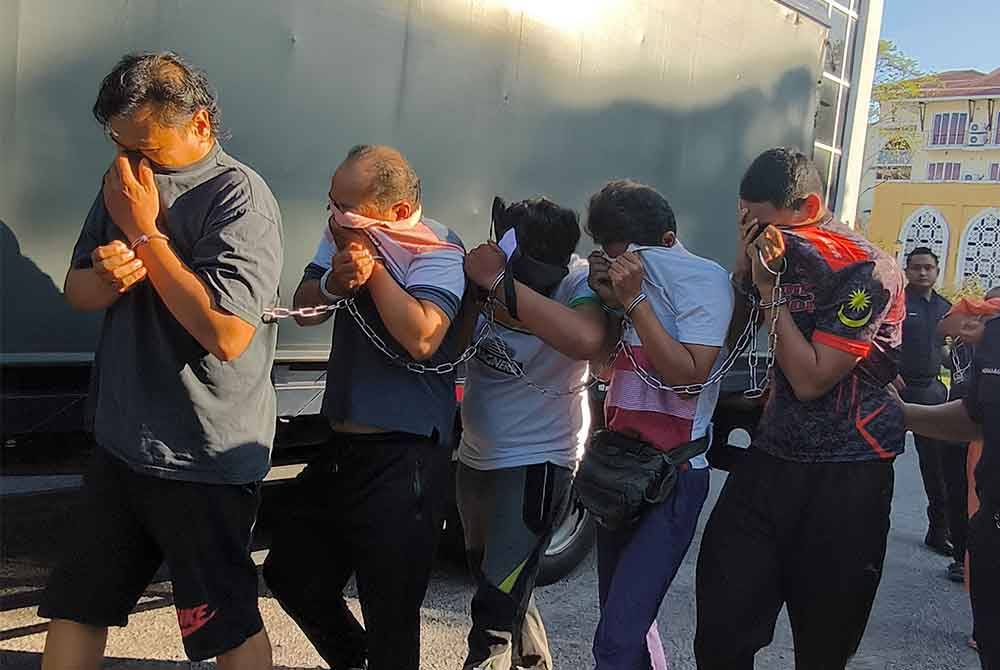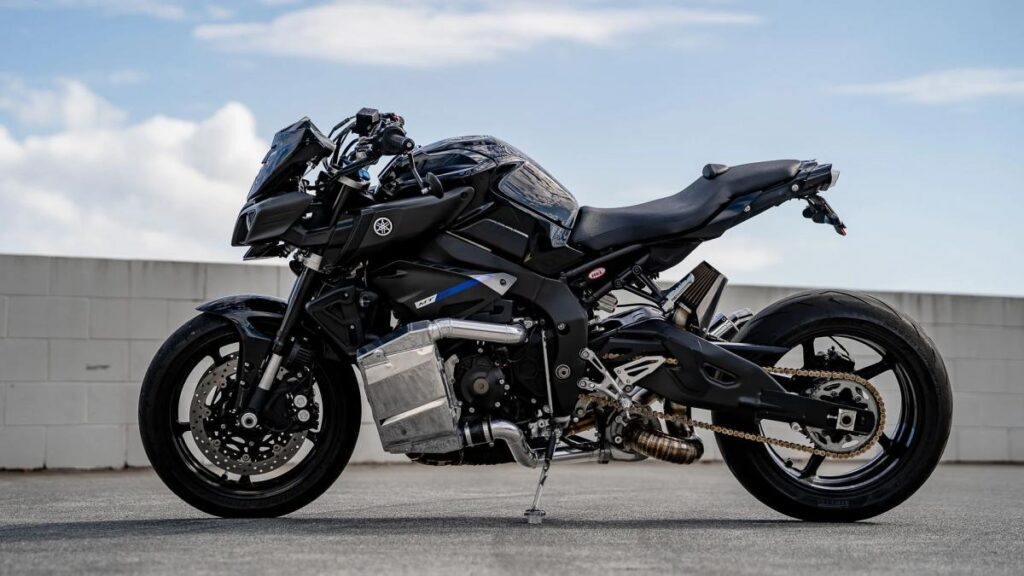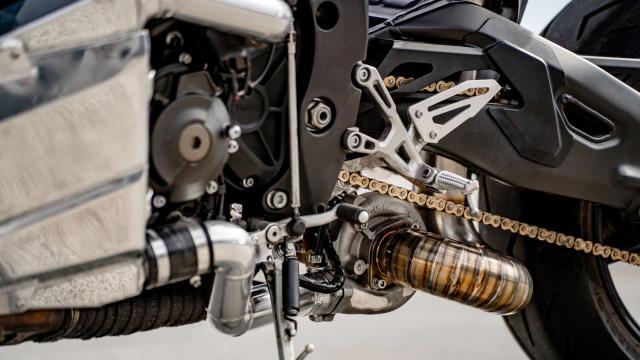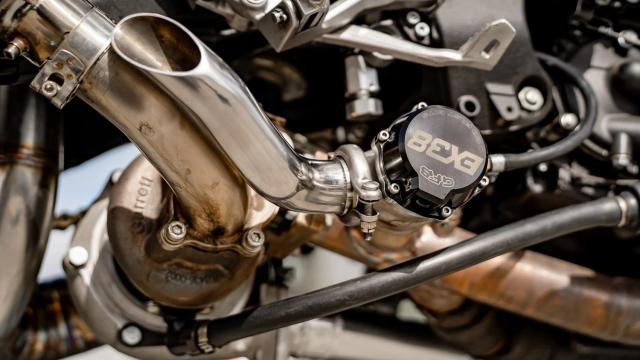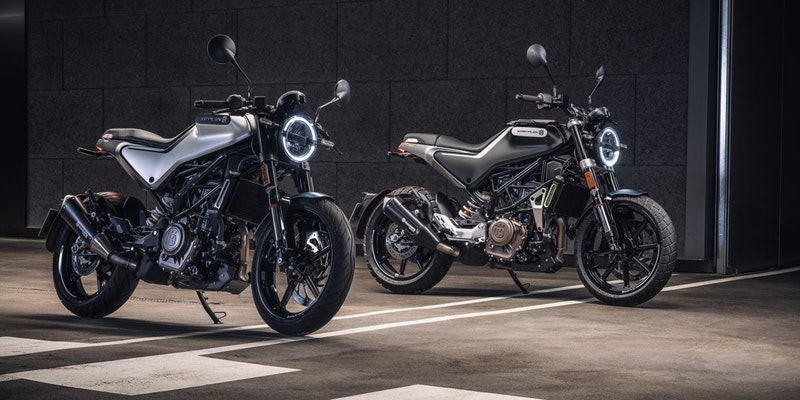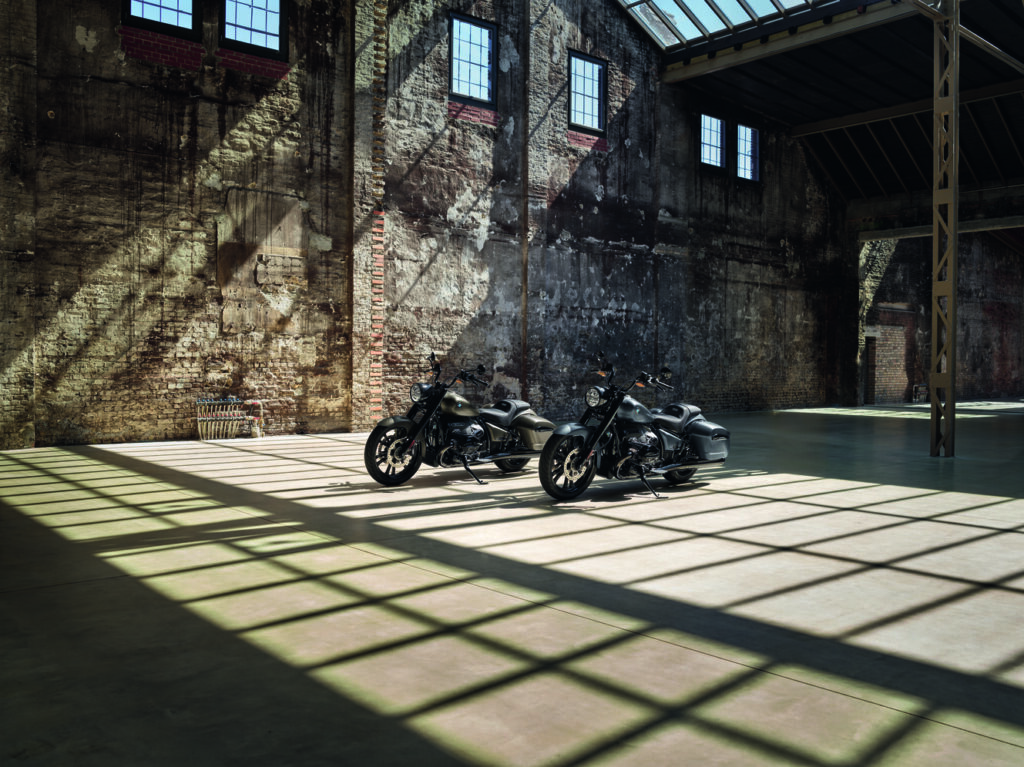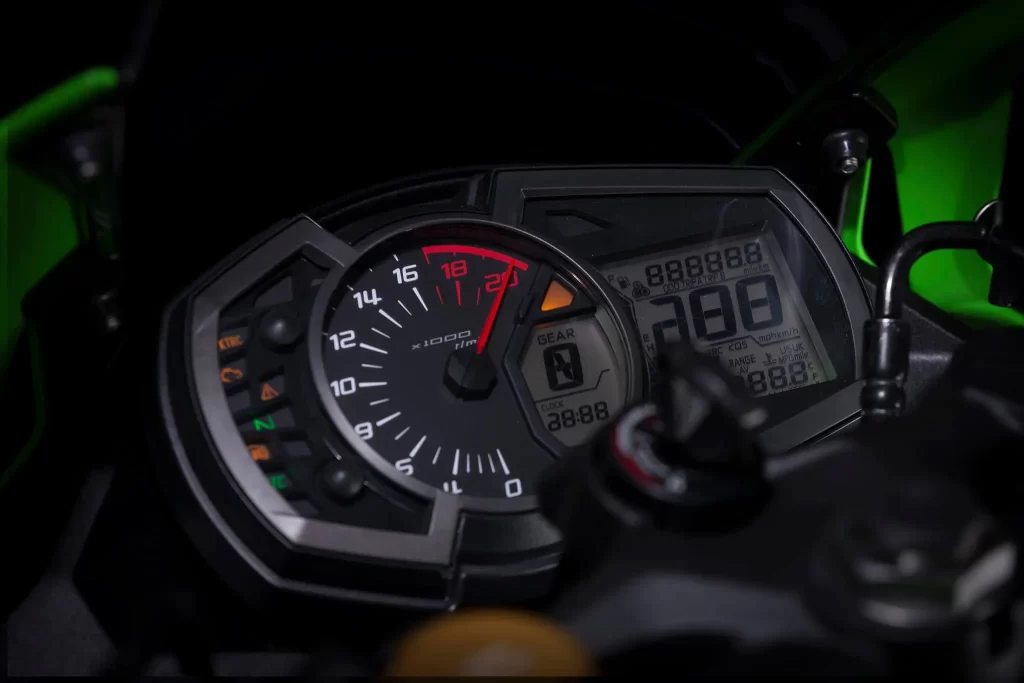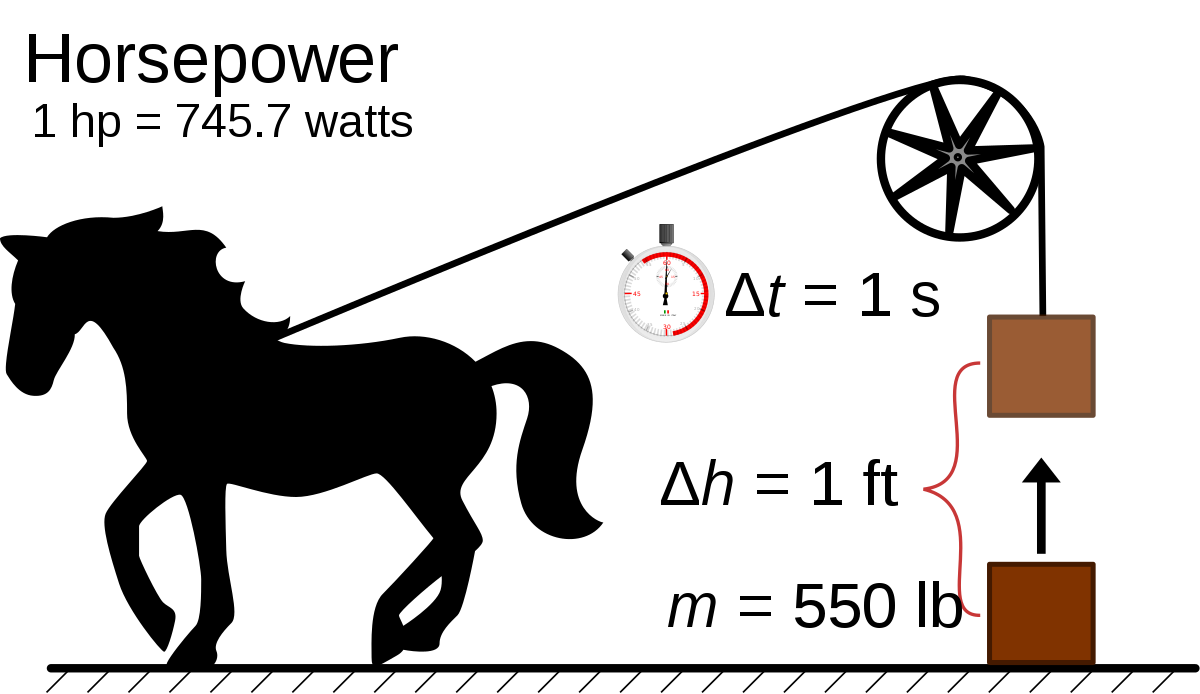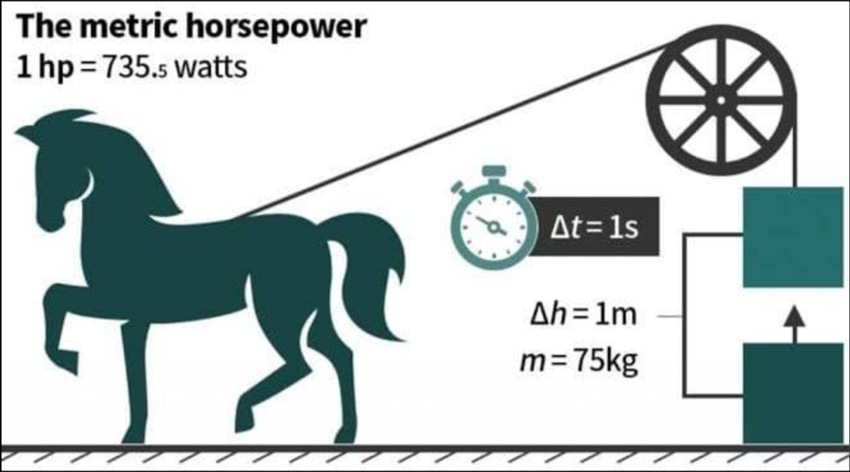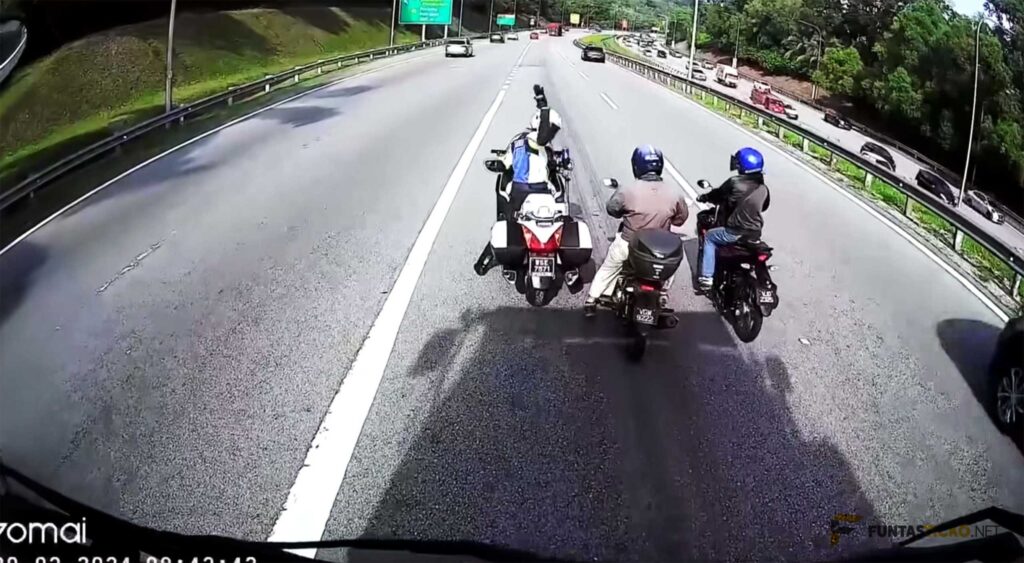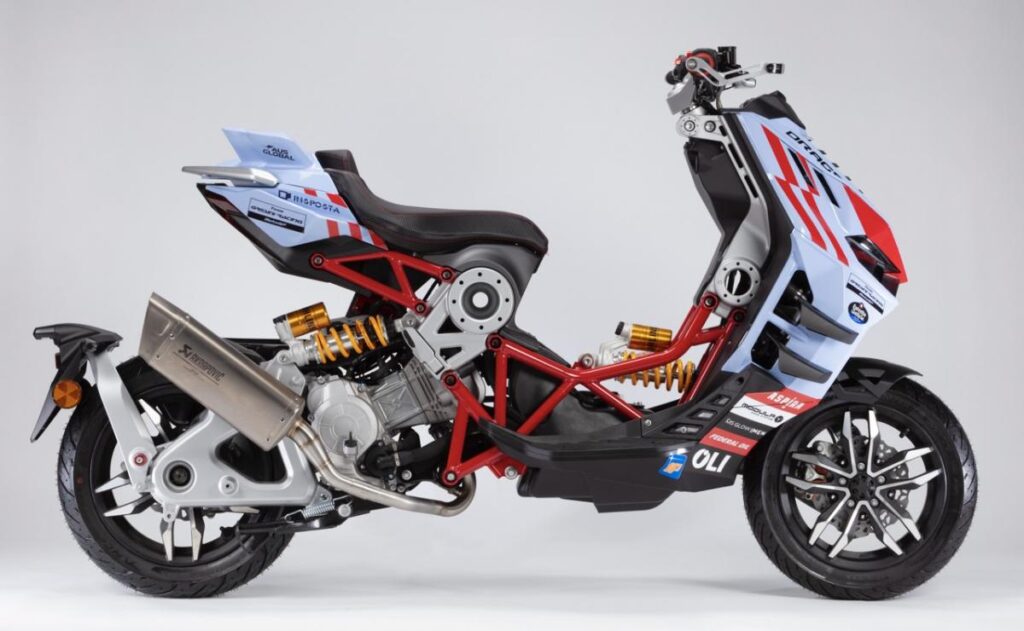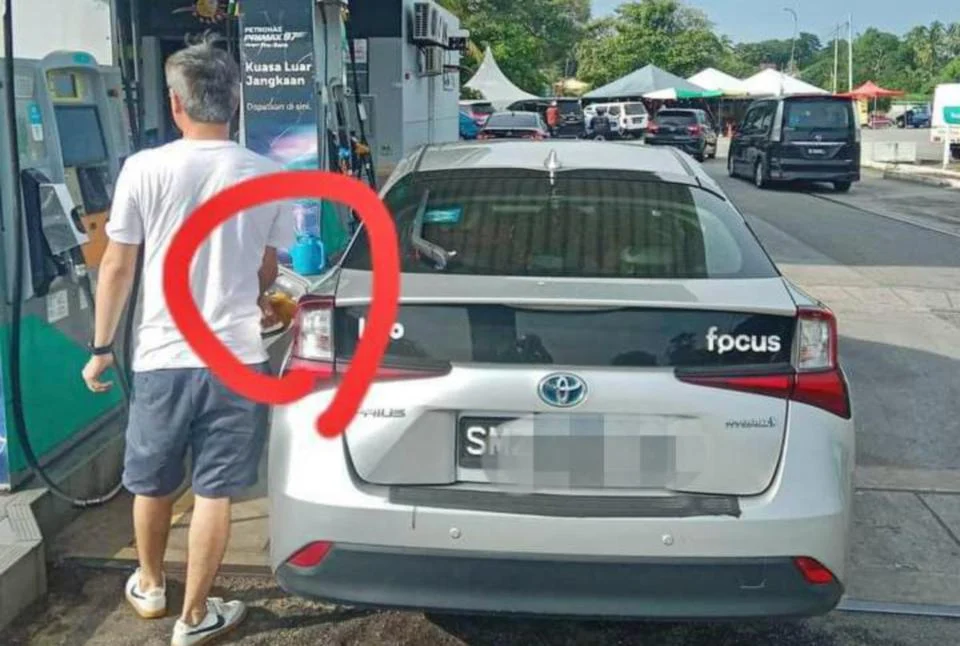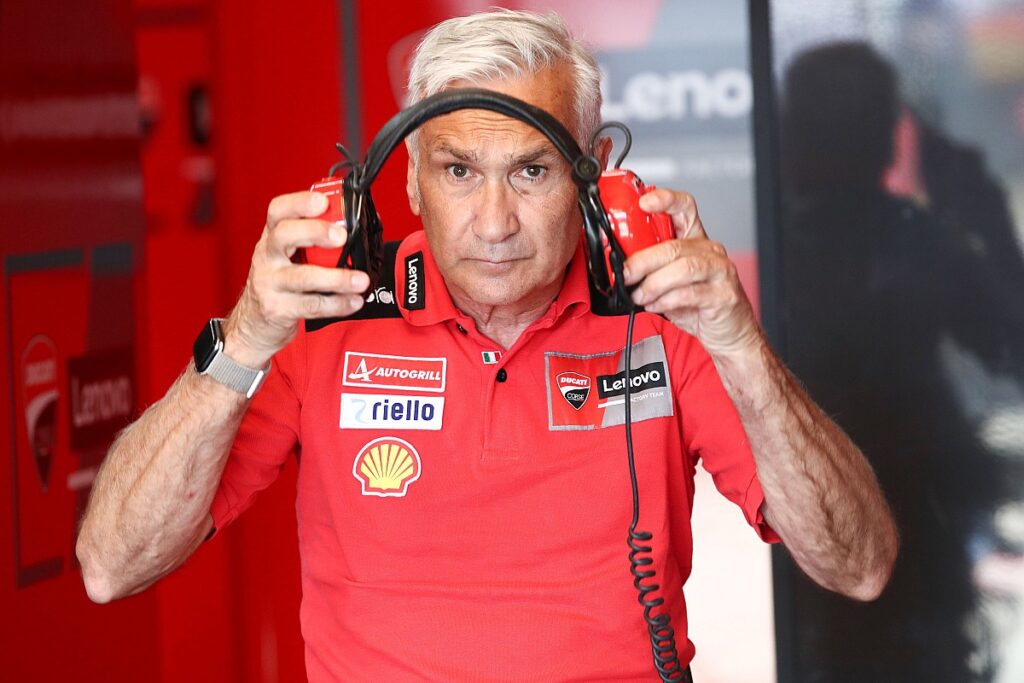Five suspects accused of tying and beating a car driver to death last week were charged for murder in the Magistrate’s Court yesterday. All those charged were between 22 and 43 years old and work as food delivery riders.
All suspects nodded in understanding after the charge was read out in front of the Magistrate. However, no plea was recorded as the case is under the jurisdiction of the High Court.
The magistrate also did not allow bail to be granted and the court fixed April 25 for the submission of forensic status, chemical and autopsy reports.
They were charged in accordance with Section 302 of the Penal Code read together with Section 34 of the same code which carries the death penalty or imprisonment between 30 and 40 years, and if not sentenced to death, must be whipped 12 times.
A man believed to be a member of the victim’s family shouted “Bang, kau tunggu (Bro, you wait)” towards all the accused after the proceedings. He was comforted by his family members before being ordered out of court by the police.
They are accused of killing one a self-employed person, Shahril Samad, at Taman Pelangi Semenyih 2, Beranang on 20th February. Witnesses at the scene claimed that the victim was pulled out of the car by several people after his car skidded and hit the fence of a house. His hands were tied and he was beaten to death.
Police have confirmed that the victim had hit two food delivery vehicles shortly before the tragic incident. He was then chased by the suspects until his car crashed.



